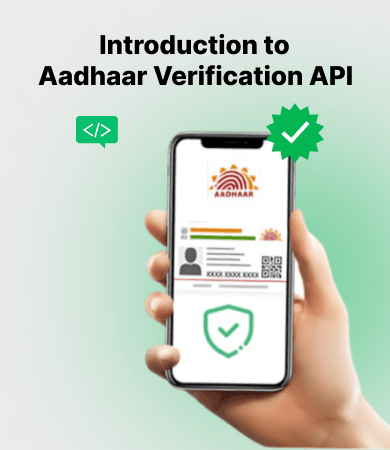The financial technology (fintech) industry is at the forefront of a global revolution. From mobile payments and digital lending to robo-advisors and neobanking, fintech has transformed how people interact with financial services. In India, where digital adoption is growing at an unprecedented pace, ensuring security, identity verification, and regulatory compliance is not just a best practice—it’s a necessity.
At the heart of this verification ecosystem lies a seemingly modest but incredibly powerful tool: the PAN card verification API. This technology plays a critical role in streamlining onboarding, reducing fraud, ensuring compliance, and enhancing customer trust.
In this article, we explore the multifaceted importance of PAN card verification in fintech, its technical underpinnings, and why it’s indispensable for any financial service provider operating in the digital space.







